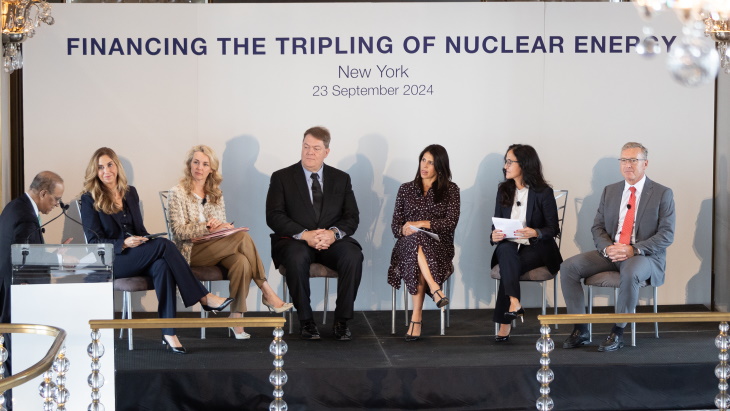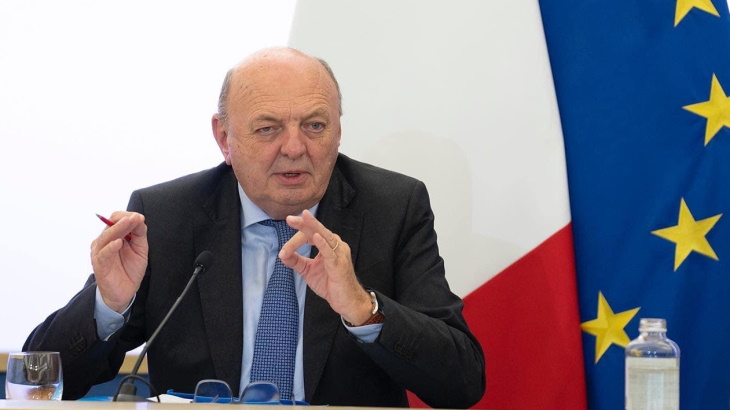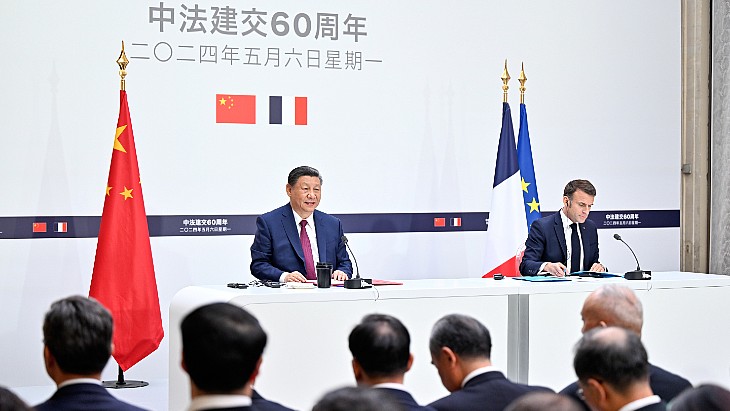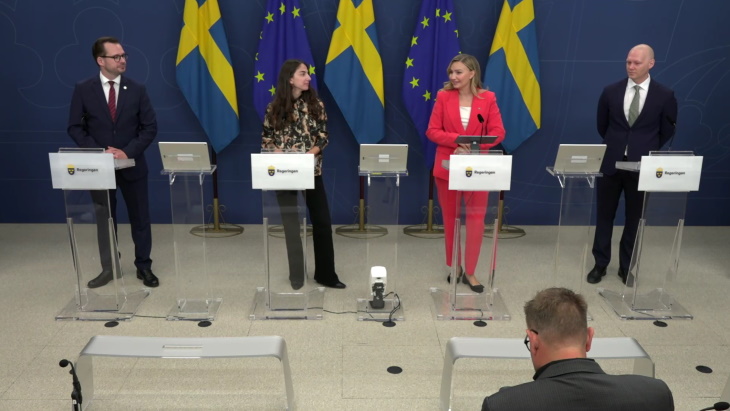NICE Future Initiative encourages integrated approach
.jpg)
Nuclear Energy in Clean Energy Solutions - Telling our Story was hosted by NICE Future at the 63rd IAEA General Conference in Vienna yesterday. The initiative - the name stands for Nuclear Innovation: Clean Energy Future - was launched in May 2018 at the 9th Clean Energy Ministerial in Denmark with the aim of ensuring nuclear energy is included in the forum's discussions about innovation and advanced clean energy systems of the future. The initiative, now in its second year, will encourage a vision for new, clean and reliable energy solutions for the near and long term.
The Flexible Nuclear Campaign, which has now been launched as part of the NICE Future initiative, aims to share experiences, provide role models and communicate the performance requirements for integrated systems of nuclear alongside renewables, session chair and US Department of Energy Office of Nuclear Energy Senior Advisor Suzie Jaworowski said.
Leaders from government and multigovernmental organisations discussed the role of nuclear in national strategic energy planning. Moderator Kamal Araj, vice chairman and commissioner for nuclear power reactors at the Jordan Atomic Energy Commission, said the synergy between renewables and nuclear could open opportunities for regional cross-sectoral integration. Speakers Jay Khosla, assistant deputy minister at Natural Resources Canada, IAEA Deputy Director General Mikhail Chudakov, UK Ambassador to the IAEA David Hall and Collins Juma, CEO of the Kenya Nuclear Elecricity Board, talked of the recognition now being given to nuclear's essential role in achieving carbon reduction goals and limiting temperature rise.
They also discussed the role that small modular reactors (SMRs) in particular could potentially play in integrated systems that also make full use of the technology's attributes for non-electricity generation applications, such as desalination, hydrogen generation, and the decarbonisation of industrial processes.
The issue of grid stabilisation in industrialising nations moving towards a high share of renewables must also be remembered, Juma said. A high renewable share - in some cases over 50% - would make a small grid very vulnerable, he said. "We've been bogged down with the discussion of renewables versus nuclear," he said, adding that many policymakers "drew a line" between renewables and nuclear and renewables. Effort was needed to underline to those policymakers the synergy between the two, he said.
Conversation leads to action
Carol Berrigan, senior director of the Nuclear Energy Institute, asked a panel of leaders from NGOs and business for their views on tensions between renewables and nuclear and the move from an "or" to an "and" situation.
World Nuclear Association Director General Agneta Rising said the conversation is moving rapidly, especially in expert areas and international organisations. "What we now see is that nuclear is included in most solutions - and actions are being taken," she said. Nuclear had been more prominent than ever before in discussions at the World Energy Congress held in Abu Dhabi only the week before the IAEA General Conference, she noted.
Speaking to World Nuclear News after the side event, Rising highlighted the need for the nuclear industry to work closely with the bodies developing pathways for sustainable development. The Association, for example, provides support to emerging and expanding nuclear countries particularly through its Spotlight conferences.
"Over the past few months, several of the world's most recognised experts and organisations have highlighted not only the crucial contribution that existing nuclear power plants make towards climate change, but also the need for nuclear energy to grow - be it the IAEA, the Intergovernmental Panel on Climate Change or the OECD Nuclear Energy Agency," she said. "We are confident that policymakers will reflect on these landmark reports and their conclusions, take these messages back home and put in place the right policies, a task which the world nuclear industry is ready to support to the fullest to reach the Harmony goal of 25% of electricity provided by nuclear by 2050."
Nuclear power directly contributes to United Nations Sustainable Development Goals 7 (affordable and clean energy) and 13 (climate action), Rising noted. "Nuclear energy, complemented by other low carbon sources, must play a central role if we want to shift to a clean, affordable and reliable energy system," she said. "Beyond energy and climate action, the use of nuclear energy and technologies contributes to the majority of the development goals. It can be used for desalination, ensuring a fresh supply of drinking water, while its small environmental footprint leaves more space for nature to thrive. Its use prevents many thousands of air pollution deaths per year by displacing fossil fuelled power stations, and radionuclides produced in reactors are used to treat illnesses and prevent food-borne diseases and food spoilage."










_88592.jpg)

